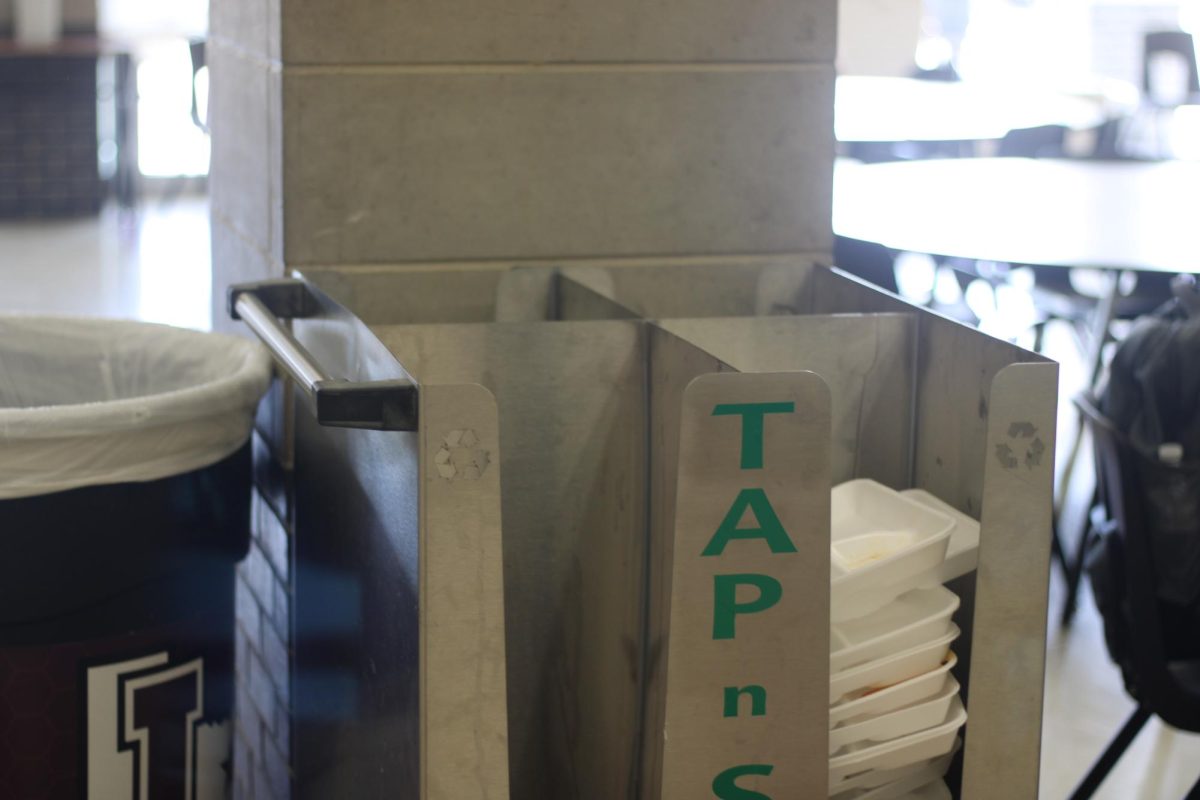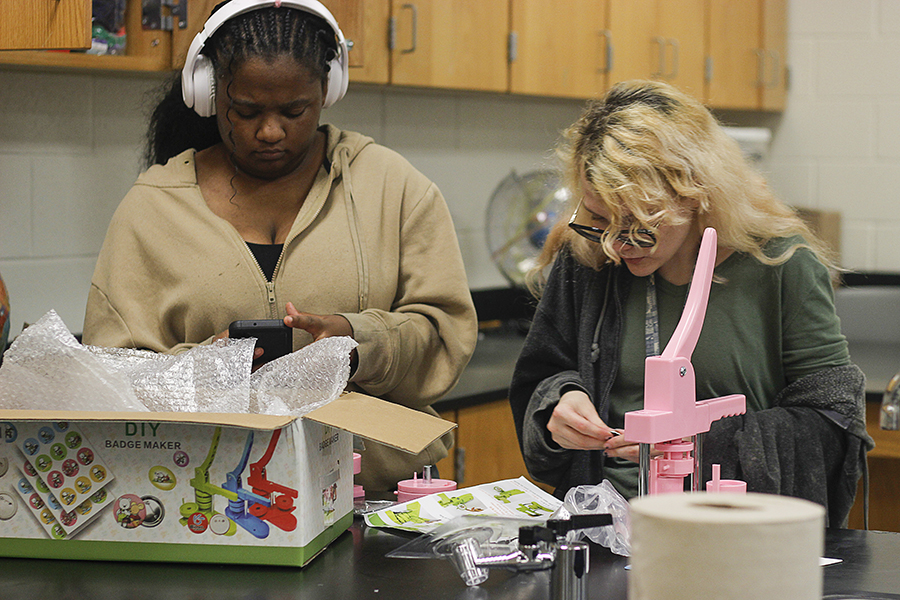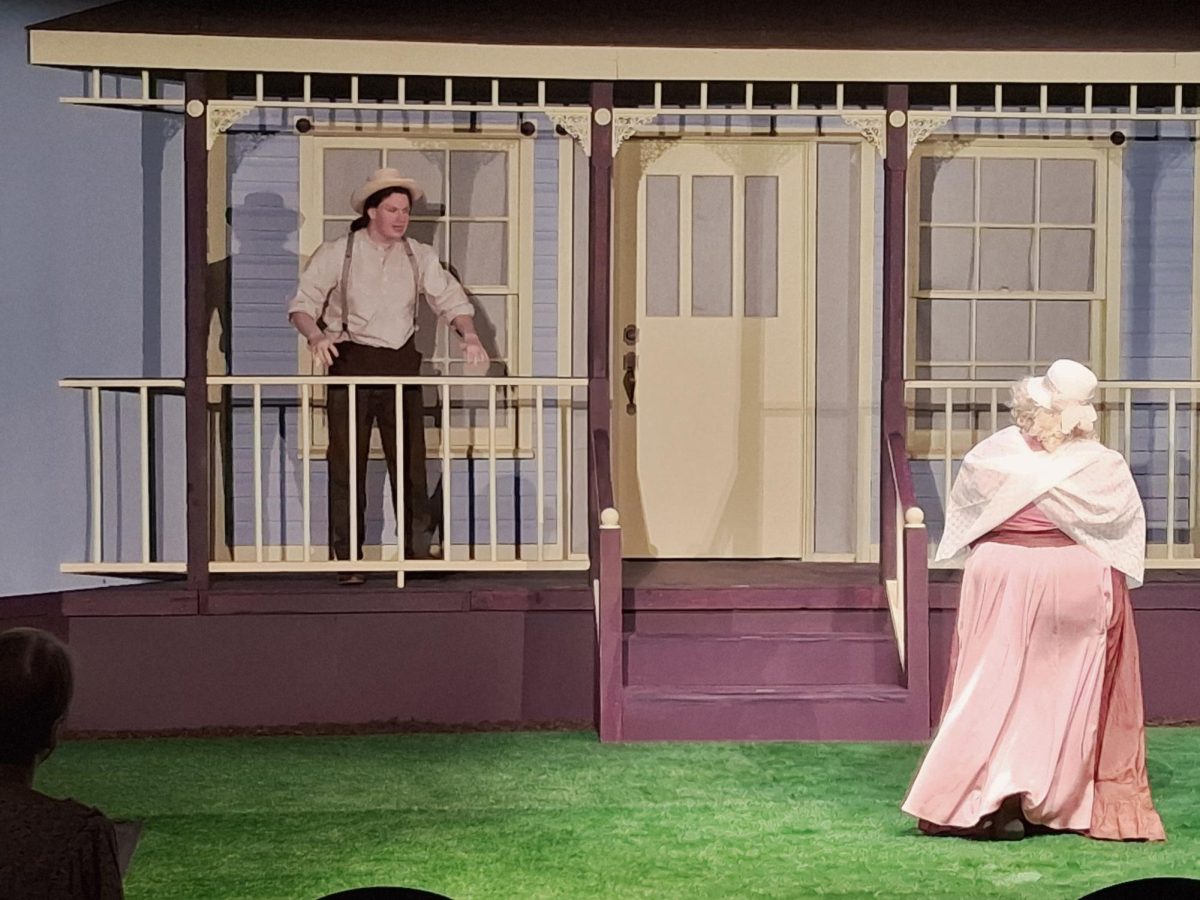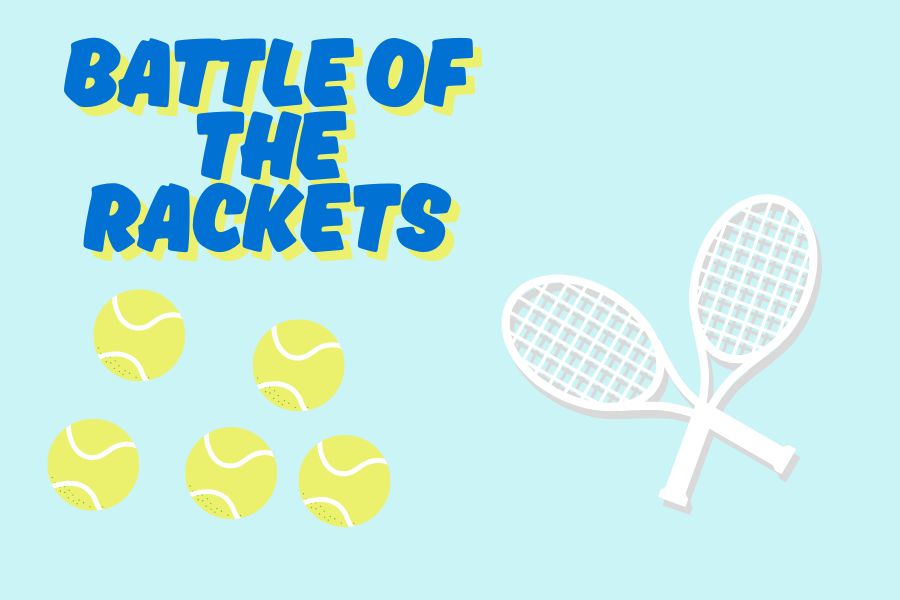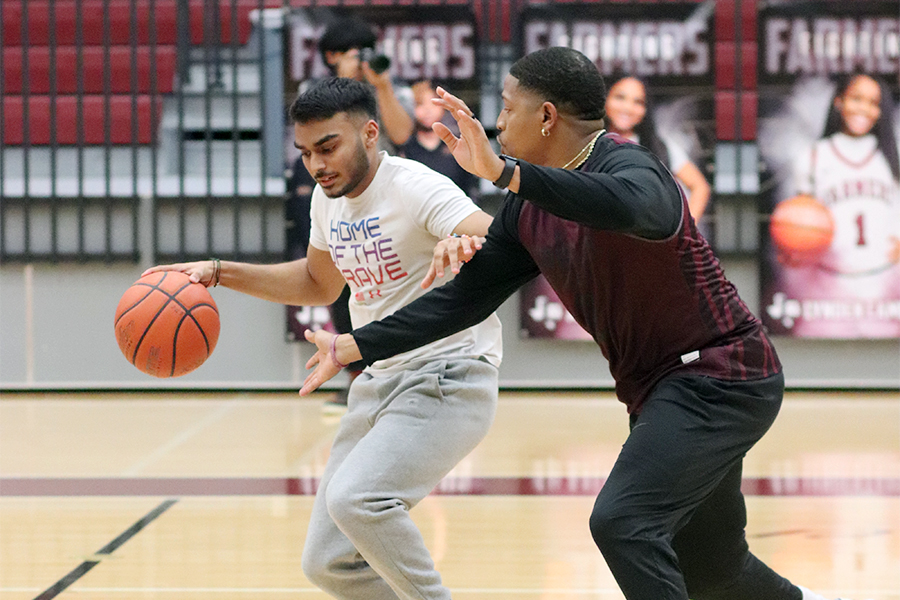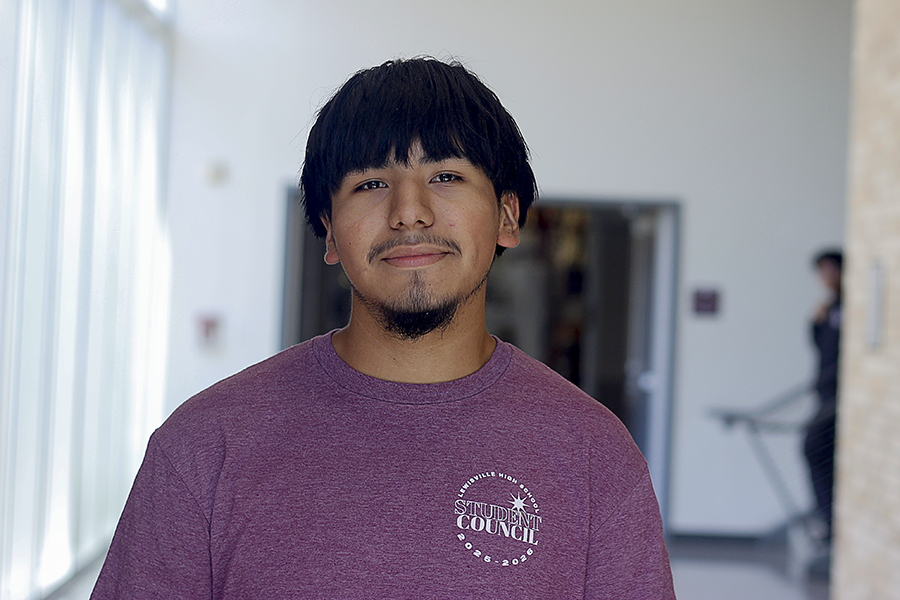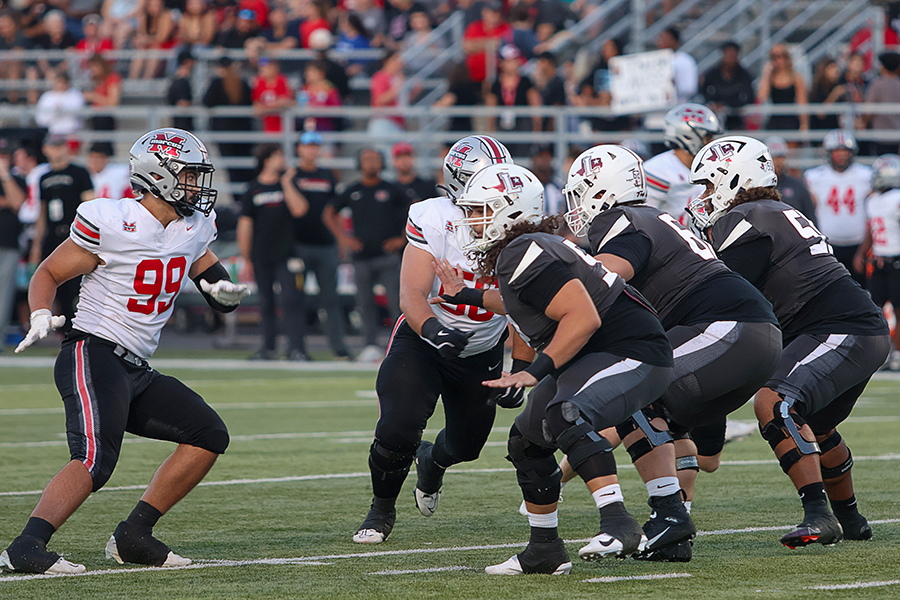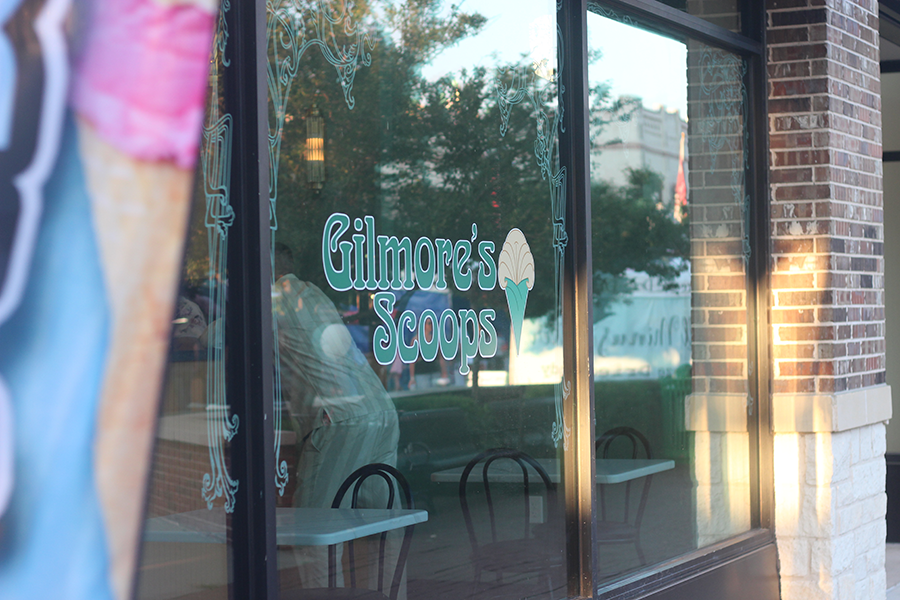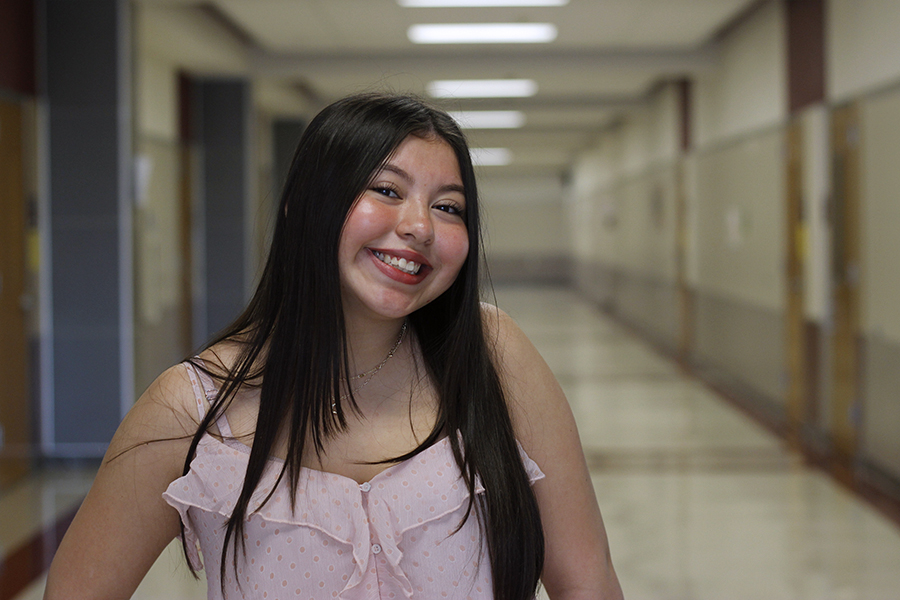Modern carts have made a sneaky entrance into the cafeteria. To the eye, it’s a simple metal cart, made for students to place their trays after they have finished their cafeteria food. However, the simple little carts are a fundamental principle in the world of recycling.
“The purpose of the carts is to collect the trays for our StyroGenie project,” Allison Blimline, LISD Child Nutrition Marketing and Communications Manager, said. “The StyroGenie is a machine that takes the styrofoam trays at lunch, melts them down and turns them into reusable resin bricks that can be recycled into other projects.”
Yet, for students, using the carts is an extra step they have to take, rather than only using the trash cans. They need to throw away leftover food and trash, and then go to the carts to put away their trays.
“It’s a low participation rate, but it’s been getting better,” lunch manager Sergio Mackeprang said. “We started last year, and we barely were getting any [trays]. We tried to get principals involved, tried to make announcements and posters. At first, 5% of the students [used the carts] now, it’s more like 15%.”
Students may not use the carts for different reasons, whether it’s them not knowing about it, or not knowing the purpose behind them. Senior Isaiah Hicks suggested making the carts a “rule” to increase participation rates.
“I was about to take [my tray] to the trash can when a cafeteria workers tapped on my shoulder and directed me to one of the carts and said ‘[the carts] is where we put the trays now,’” Hicks said.
Lack of student participation isn’t stopping the goal to reduce pollution. Cafeteria staff have continued to encourage the word of recycling around the school.
“We have been working on spreading the word about the carts with informational tables, signs around the cafeteria, and education from the cafeteria staff,” Blimline said.

